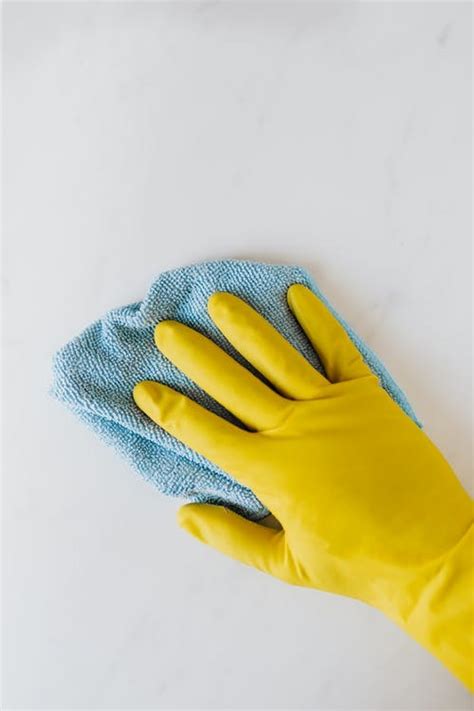Disinfecting Your Metal Storm Shelter: Simple Solutions
A metal storm shelter provides crucial safety during severe weather events. However, maintaining its cleanliness and hygiene is equally important, especially after a storm or prolonged use. Disinfecting your metal storm shelter ensures a safe and healthy environment for you and your family. This article will explore simple, effective solutions for disinfecting your metal storm shelter, addressing common concerns and providing practical advice.
What are the Common Contaminants in a Storm Shelter?
Before diving into cleaning methods, it's crucial to understand what you're up against. Common contaminants in a storm shelter can include:
- Mud and Debris: Storms often bring in mud, dirt, and debris, which can be tracked inside.
- Mold and Mildew: Damp conditions can promote the growth of mold and mildew, especially in poorly ventilated shelters.
- Bacteria and Viruses: Contact with contaminated surfaces can introduce bacteria and viruses.
- Animal Waste: Unfortunately, animals might find their way into your shelter, leaving behind waste.
How to Disinfect a Metal Storm Shelter: A Step-by-Step Guide
Disinfecting your storm shelter involves a multi-step process:
1. Preparation is Key:
- Ventilation: Ensure adequate ventilation before starting. Open any vents or windows to allow fresh air circulation. This helps prevent the buildup of harmful fumes from disinfectants.
- Removal of Debris: Thoroughly remove all loose debris, mud, and large pieces of dirt using a broom, dustpan, and shop vac. This initial cleaning significantly reduces the workload for the disinfection stage.
- Protection: Wear protective gear, including gloves, a mask, and eye protection, to shield yourself from potential contaminants.
2. Cleaning:
- Mild Detergent Solution: Use a solution of mild detergent and warm water to scrub down all surfaces. Avoid harsh chemicals that could damage the metal or leave residue. A soft-bristled brush or sponge is ideal for cleaning.
- Focus on Cracks and Corners: Pay particular attention to cracks, corners, and crevices where dirt and debris tend to accumulate.
3. Disinfection:
- Disinfectant Choice: Several disinfectants are effective against bacteria and viruses. Diluted bleach solution (1 part bleach to 10 parts water) is a cost-effective and readily available option. Alternatively, consider commercially available disinfectants specifically designed for hard surfaces. Always follow the manufacturer's instructions for dilution and application.
- Application: Apply the disinfectant solution evenly to all surfaces, allowing it to sit for the recommended contact time specified on the product label. This ensures effective killing of microorganisms.
- Rinsing: Thoroughly rinse all surfaces with clean water to remove any disinfectant residue.
4. Drying and Ventilation:
- Air Drying: Allow the shelter to air dry completely. Proper ventilation is crucial to prevent the growth of mold and mildew. You can use fans to speed up the drying process.
How Often Should I Disinfect My Storm Shelter?
The frequency of disinfection depends on usage and environmental factors. As a general guideline:
- After each storm: Thoroughly clean and disinfect after any severe weather event.
- Annually: At least once a year, conduct a thorough cleaning and disinfection, even if the shelter hasn't been used.
- After any potential contamination: Clean and disinfect immediately following any suspected contamination, such as animal intrusion or water damage.
What Disinfectants are Safe for Metal Storm Shelters?
As mentioned earlier, diluted bleach solution is a safe and effective option. However, always test a small, inconspicuous area first to ensure it doesn't damage the paint or finish. Commercial disinfectants specifically labeled for hard surfaces are also suitable. Avoid using abrasive cleaners or strong acids, which can damage the metal.
How Do I Prevent Mold and Mildew Growth in My Storm Shelter?
Preventing mold and mildew growth is crucial for maintaining a healthy shelter environment. Consider these steps:
- Proper Ventilation: Ensure adequate ventilation to reduce moisture buildup.
- Moisture Control: Address any sources of moisture, such as leaks or condensation.
- Regular Cleaning: Regularly cleaning the shelter helps prevent the accumulation of organic matter that fuels mold growth.
- Dehumidifier: A dehumidifier can help control moisture levels, especially in humid climates.
By following these simple solutions and preventative measures, you can maintain a clean, safe, and healthy metal storm shelter, ensuring it's ready to provide protection when needed. Remember, safety and hygiene are paramount when it comes to your storm shelter.

